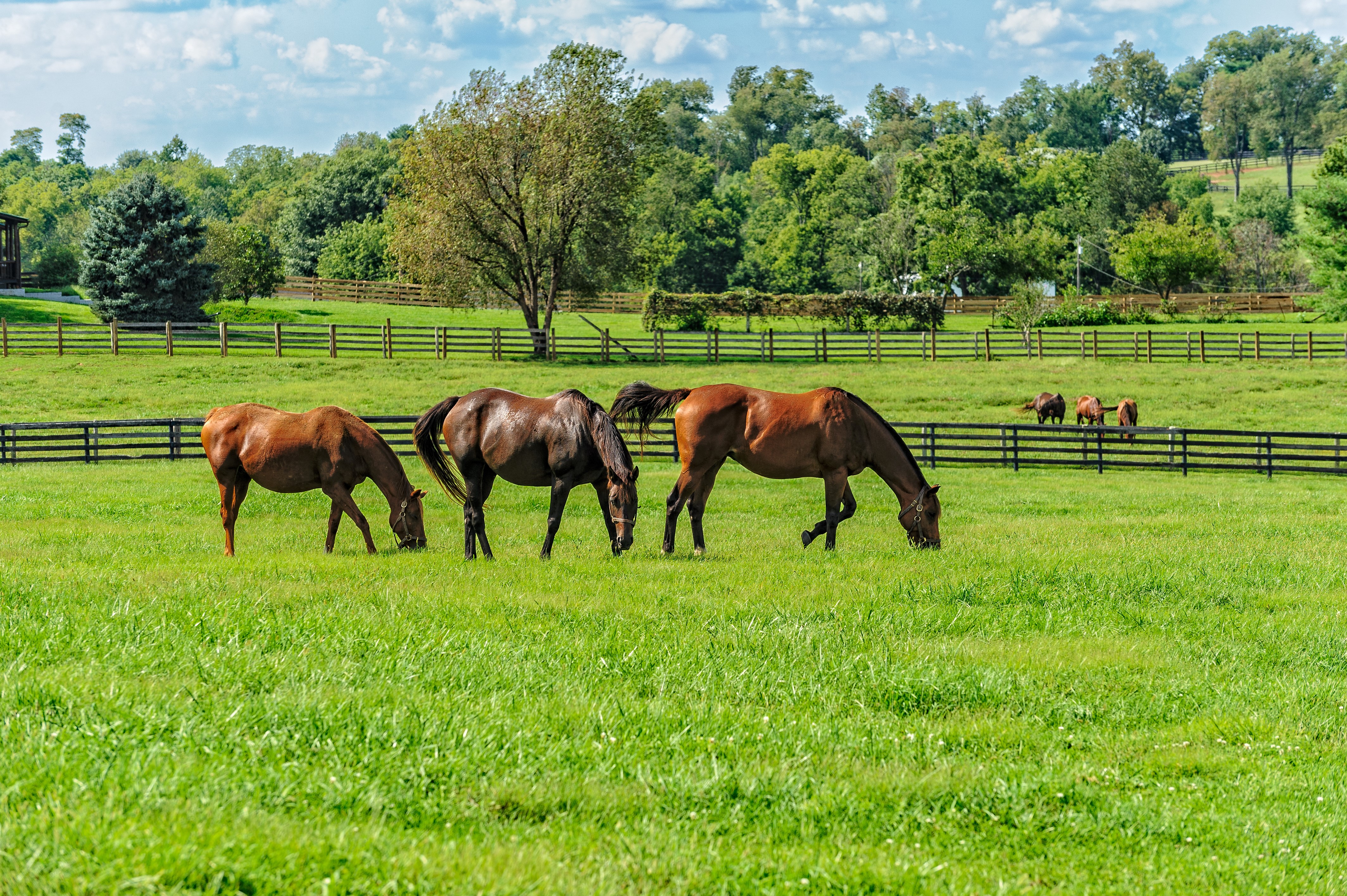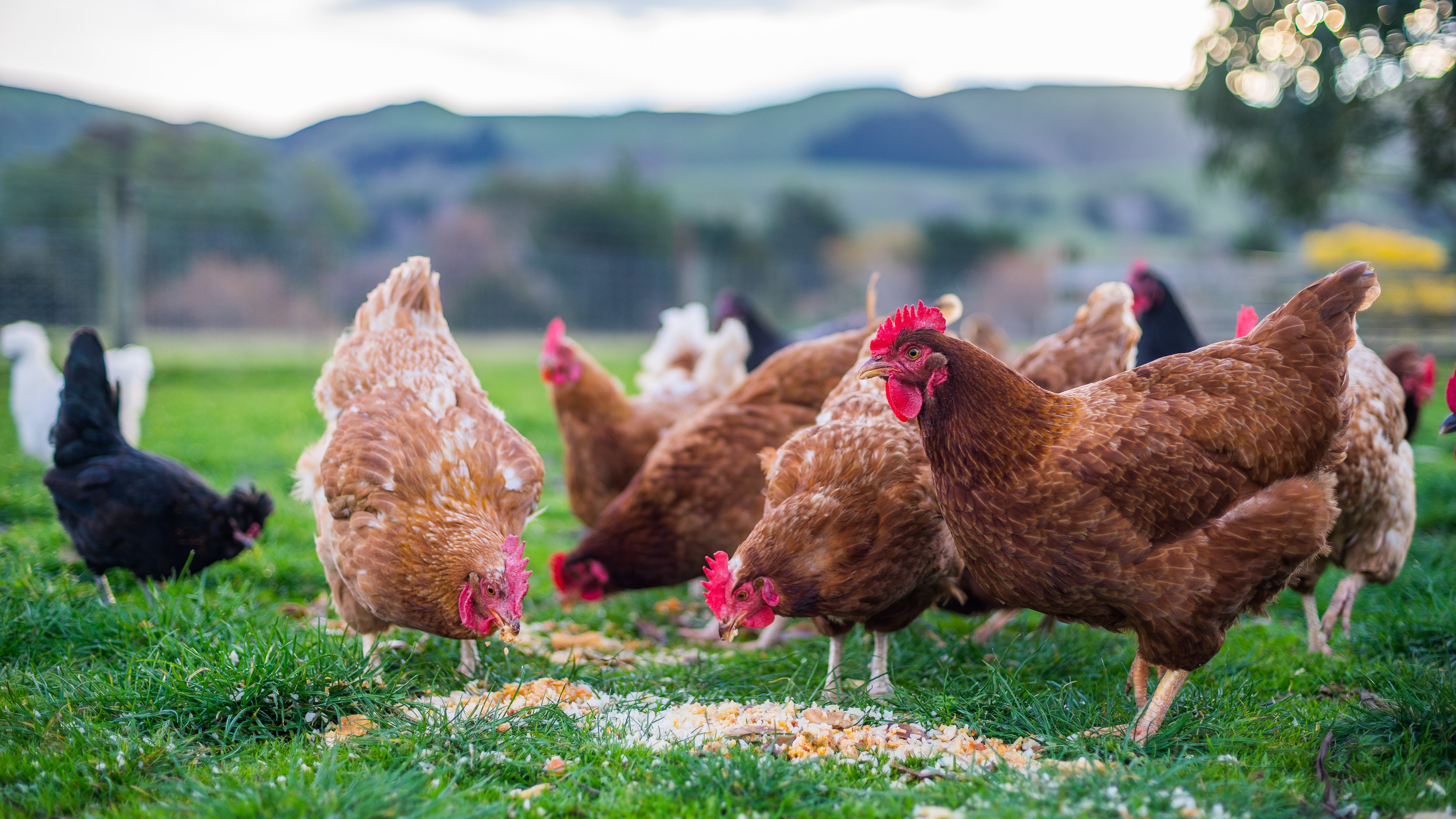Reminder: 2019 Nematodirus Forecast

Farmers are reminded to be vigilant for signs of infection with Nematodirus worms in lambs.
Nematodirosis is a severe disease of lambs aged between six and twelve weeks of age which become infected through ingesting large numbers of infective larvae which are present on contaminated pasture. There is a mass hatching of larvae in spring when the soil temperature increases after a period of cold weather and disease typically occurs in April, May and June.
For 2019, Nematodirus larval hatching is expected to peak in the last week of March along the south west coast and west of Ireland, and in the first two weeks of April for most of the rest of the country. Lambs may begin to show clinical signs of infection two to three weeks from these dates of peak hatching, so it is expected that clinical disease will be seen in April this year.
After ingestion, Nematodirus larvae invade the intestinal mucosa and infection is characterised by profuse diarrhoea, dehydration and weight loss. In outbreak scenarios, lambs can be seen congregating around water troughs due to the severe thirst that develops, while the ewes continue to graze.
This disease is best prevented by keeping the current year’s lambs off pasture that was grazed by lambs or young calves in the previous year.
Farmers are advised to consult a private veterinary practitioner for further information on prevention and control of nematodirosis, and for an accurate diagnosis and advice on appropriate medication if lambs with severe diarrhoea and straining are observed. This is especially the case where there has been little or no response to an initial anthelmintic treatment. Both nematodirosis and coccidiosis can occur at the same time in the same lambs, so treatment may need to be directed against both pathogens.






